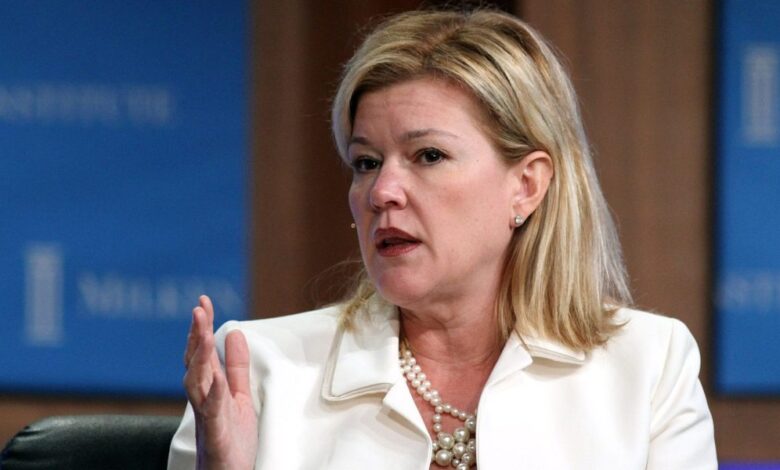Most baby boomers can’t afford assisted living and are weighing on the housing market by staying in their homes, ‘Oracle of Wall Street’ says


- While baby boomers are collectively sitting on $75 trillion in wealth, that’s not distributed evenly, meaning many can’t afford to move out and instead must stay in their homes. That’s weighing on the housing market by holding back inventory, according to top Wall Street analyst Meredith Whitney.
Baby boomers are dragging on the housing market because most can’t afford to move out of their homes, according to Meredith Whitney, the “Oracle of Wall Street” who predicted the Great Financial Crisis.
In an interview on Bloomberg TV on Wednesday, she said many cash-strapped Americans have been borrowing against their homes, and 44% of home-equity loans are being taken out by seniors, “which is counterintuitive. It’s crazy, right?”
That’s contrary to the typical narrative of baby boomers sitting on vast amounts of wealth accumulated over their lifetimes, which spanned unprecedented economic expansions and stock market booms.
As a result, seniors with a lot of money have an edge in the tight housing market, accounting for 42% of all homebuyers, while millennials account for 29% despite the younger generation being in the prime buying years.
But while most buyers are boomers, it doesn’t mean most boomers have a giant pile of cash.
“I divide it into different cohorts,” Whitney said. “So the senior which everyone thinks ‘the boomers have all this money’—that’s a small portion. Seniors are living paycheck to paycheck.”
To be sure, boomers collectively have $75 trillion of wealth. But that’s not distributed evenly, and Whitney estimated that just one in 10 seniors can afford assisted-living facilities.
As a result, many are forced to stay put and age in place, she added. (Stubbornly high mortgage rates also have created a “lock-in” effect where homeowners who got in the market when rates were low are now reluctant to buy a new home at today’s elevated borrowing costs.)
“This is one of the problems with the housing inventory,” Whitney told Bloomberg. “They’re staying in their houses longer because they can’t afford to move out.”
Unemployment forecast for 2025: 6%
Meanwhile, she expects the economy to slow amid President Donald Trump’s trade war, especially in the retail and hospitality sectors, and predicted the unemployment rate will climb to 6% by this fall, up from the current level of 4.2%.
That’s still well below the 10% high that the jobless rate hit during the Great Financial Crisis, and Whitney doesn’t see parallels between today’s economy the one during the crisis.
Part of the reason is because banks are much better capitalized now than they were back then, when sub-prime mortgages were weighing on banks’ balance sheets.
But she does see a “mild, medium” recession that Wall Street has yet to price in.
“The big banks will not be involved now, but the consumer is already struggling and is going to struggle further. And that will translate into job losses,” Whitney said.
This story was originally featured on Fortune.com
https://fortune.com/img-assets/wp-content/uploads/2025/05/GettyImages-113657937-e1746903694302.jpg?resize=1200,600
2025-05-10 22:00:48





